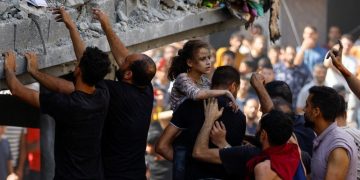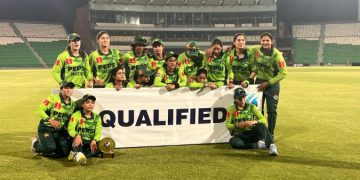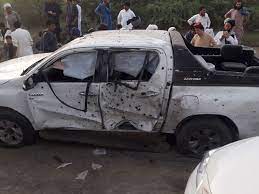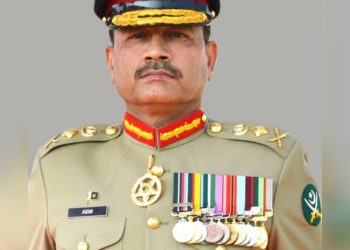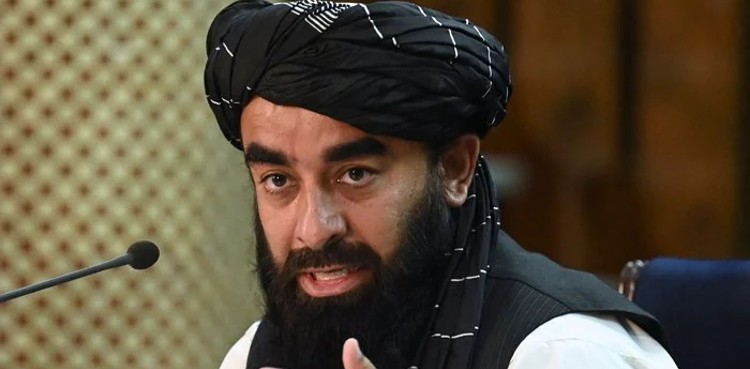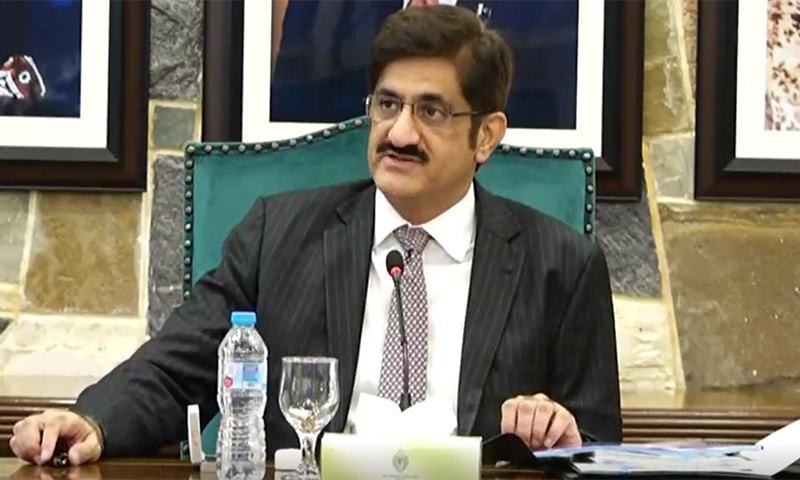Kenyan police allegedly refused to provide Pakistani investigators access to one of its officers who is believed to have shot senior journalist and anchorperson Arshad Sharif in Kenya, the FIA has claimed.
According to a report published in Voice of America on Saturday, it quoted Federal Investigation Agency (FIA) Director General Mohsin Hasan Butt as saying that Kenyan police’s General Service Unit (GSU) officer had claimed to have shot at the car in which Arshad Sharif was when it allegedly ran a check point.
He was among four officers who had shot at Arshad Sharif’s car.
However, Kenyan police refused to provide Pakistani investigators access to the officer.
“We believe that the Kenyan police are involved in targeting Arshad Sharif,” Butt told VOA, noting there were several things which were quite strange in the entire episode.
“Not giving access to the shooter whose hand was injured two weeks ago. This is also very strange. This officer’s statement would have been very important”.
Butt further said that the next step was to register Arshad Sharif’s murder case with the FIA in Pakistan under Section IV of the Extradition Act.
But such a case will only be registered on the directions of the federal government, he added.
According to the FIA chief, Kenyan police are obligated under international law to cooperate in the investigation of a crime such as the brutal killing of a journalist.
Referring to the findings of investigators who had traveled to Kenya earlier this month, Butt said that three Kenyan police officers who had shot at the car had been questioned by the Pakistani investigators, had given grossly inconsistent and illogical statements.
He noted that the three shooters repeated the same exact stance which the Kenyan police had previously issued to the media that they stopped a vehicle on the bridge but opened fire on it when the vehicle did not stop, in response Kenyan police were also fired upon from the vehicle.
The GSU officers further told investigators that their vehicle was parked just a few meters away from the barricades on the road and that the vehicle’s headlights were on.

